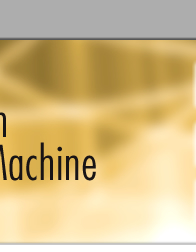


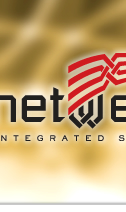
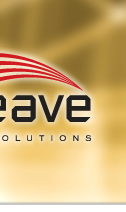

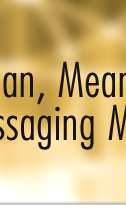

Secure, Reliable File Transfer Interactive (Transactional) Messaging
|
The Java Interface NWDSBean Interface In a typical J2EE application, Enterprise Java Beans contain the application's business logic and live business data. Using EJBs addresses many of the issues found by utilizing simple Java objects, such as scalability, lifecycle management, and state management. The NWDSBean Interface enables NIS As a result of its being EJBv2-compliant, the NWDSBean can be instantiated just like any other bean. It is loaded into the J2EE container like any other bean. The configuration is provided by a deployment descriptor that contains only one entry, the port of the local server daemon. If the developer is not using transactions, there is only one method to call against the NWDSBean - writeRead. It is a simple approach using concepts that should be completely familiar to the Bean developer. Significantly, the NWDSBean offers a performance/efficiency benefit. Since the NWDSBean is a true stateless session bean, it can exist in the container for a long time period as determined by the container administrator. It can also service many clients. If more than one simultaneous session is required, the container will create a second NWDSBean to service the additional session. Even though the NWDSBean may be instantiated and destroyed frequently by the container, the Bean communicates with a local daemon process through which remote platform communications are accomplished and maintained. This local daemon is responsible for maintaining connections to remote platforms on behalf of the NWDSBean components being utilized by the application developers. As a result, repeated instantiations of NWDSBeans will enjoy the benefits of persistent connections to remote platforms, connections that often are expensive and time consuming to set up, particularly during a transaction. NIS distributes the NWDSBean as a Java jar file, which contains the most popular container deployment descriptor files, including IBM WebSphere, Oracle WebLogic, and JBoss. The distribution package also contains a simple control program for managing the daemon. POJO Interface In terms of functionality and use, N2IC provides exactly the same capabilities as the NWDSBean for the J2EE/EJB environment. With this architecture, the developer simply instantiates the N2IC like any other component. The configuration is provided in the N2IC.properties file and contains only one entry, the port of the local server daemon. If the developer is not using transactions, there is only one method to call in the object, namely writeRead. The N2IC classes are distributed as a .jar file and are shipped together with the daemon’s executable appropriate to the computer that runs the Java client. The distribution package also contains a simple control program for managing the daemon.
|
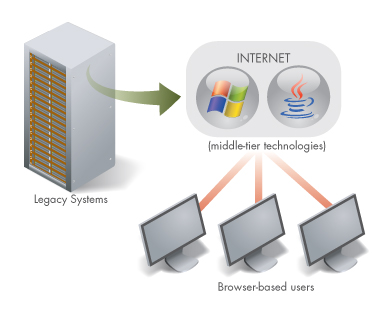 Other NetWeave Services
Other NetWeave Services